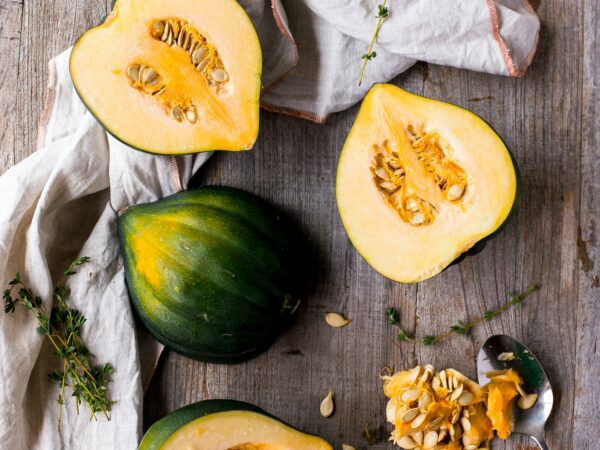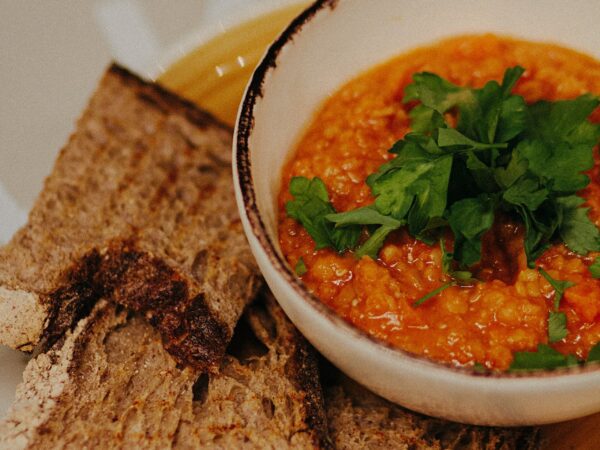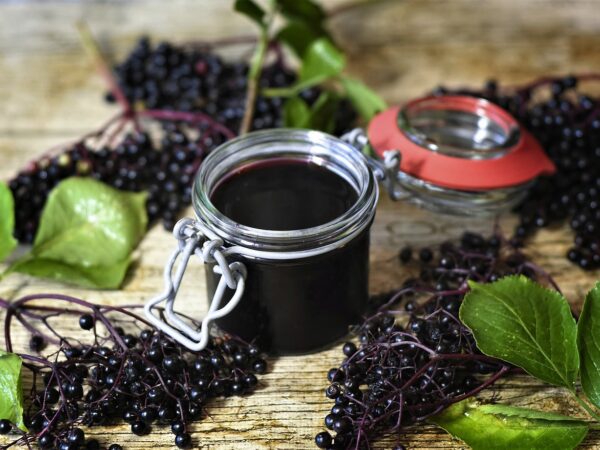Growing up in the Middle East, rice was a staple in our home, and served as one of the foundations for our meals. In our home, basmati rice was the preferred choice. When Mother was cooking one of her famous Indian or Persian dishes, the strong aroma worked its way from the kitchen to every corner of the apartment before spilling over into the street. The neighborhood could always tell when Mama Jijina was in her kitchen, cooking.
As I grew older, I asked to learn a few of her recipes. The art of cooking rice was on the top of my list. Mom’s cooking was traditional and, like her Mother, she used white rice and butter when they could afford to do so, or ghee when the budget did not permit it.
When faced with the choice of white or brown basmati rice, I have a tendency to lean toward the white. This is partially due to my food-memories, and the desire to replicate a place in time, like those of family getting together and playing with my cousins until dark reeled us back in.
Over the years, I have adapted Mom’s recipes and learned to use vegan ingredients without compromising taste. For the most part, this has been simple to do, and allows me to share recipes with a larger group of friends. In a wonderful way, cooking rice brings me home to my roots.
This is my mother’s recipe for traditional or, stove top rice, and her motto, one cup of rice for every person. I have found one cup for every two people is more than ample.
Ingredients
- White Rice One Cup, Dry
- Salt 1 tsp (or to taste)
- Extra Virgin Olive Oil ½ tbsp
- Glass of Water On Standby
Preparation
Rice expands as it steams. Select a pot three times the portion of dry rice you plan to cook.
Soak Step
Soak rice in warm-to-touch water for 20 minutes. Allow water to cover the rice by at least one inch; the rice will expand as it soaks. Cover pot and set timer.
Rinse Step
After timer goes off, rinse with water, stir with your hand and pour excess water out, being careful not to allow the rice to escape into the sink – those rascals will try to jump ship. Repeat rinse step.
Traditionally, rinsing and stirring the rice with your fingers had a pattern to it. It was done five or six times to separate the sand, small stones, and husks from the soaked rice. Today’s rice is fairly clean.
Cooking The Rice
After completing the rinse step, add water and allow level to rise 1/2” above rice level and place on high heat. Add salt and oil. As water comes to a boil, turn heat down by just a little and place lid on pot, askew. This allows the rice to boil at a higher temperature. Turning down the heat by a skosh ensures the starchy foam will not overflow the pot. Stay present to the boiling water, until you notice 1/8” pockets on the surface of the rice. Turn the heat to low, or three hairs above low, and correctly place cover on pot. Set timer for 10 minutes.
Checking If Done
After timer goes off, stir rice from the bottom of the pot and taste a few grains. Rice should taste soft and moist. If it is chewy or hard, add a sprinkle of water and allow it to cook for another 3 – 5 minutes. Repeat taste test and turn heat to off. Stir, and allow rice to sit a few minutes before serving.
Potential Challenges
If you add to much water, the rice will take longer to cook and can turn to a mashed consistency. This is not desirable! Better to add water as needed than to overdo it.
Finally, add oranges for décor and serve with your favorite dish.
Find great recipes on Omstars to go with your delicious rice
By Kayo Jijina
Kayo is a photographer, video editor, writer, and poet. One of Kayo’s life-goals has been to share his poetry and stories, as he creates the foundation for the telling of an epic journey; a journey we must all take. Kayo’s photography, art, and stories can be seen on his YouTube or Instagram.











